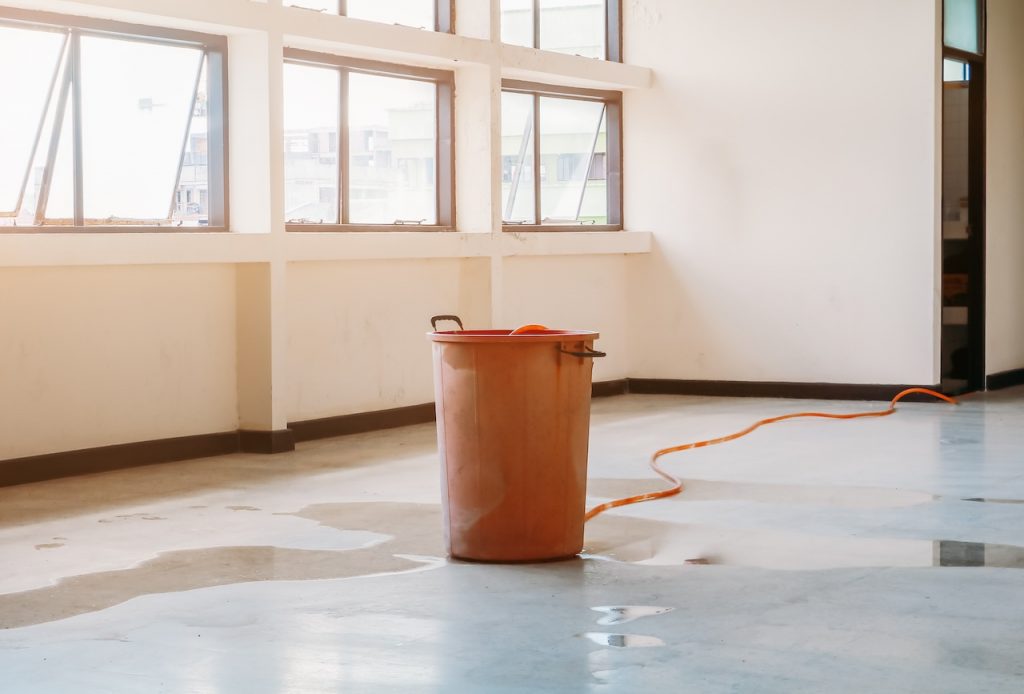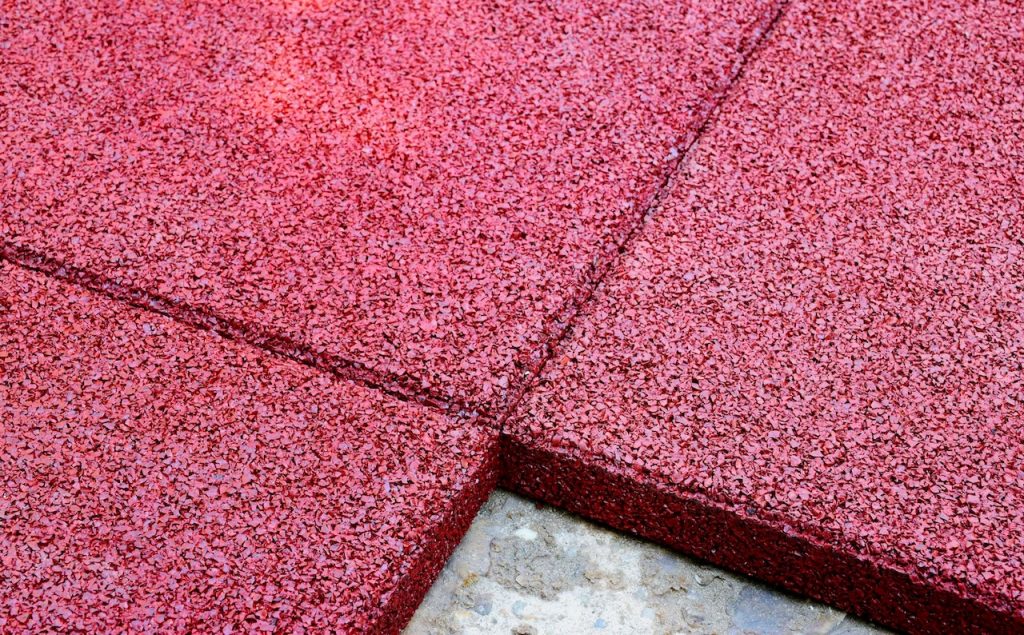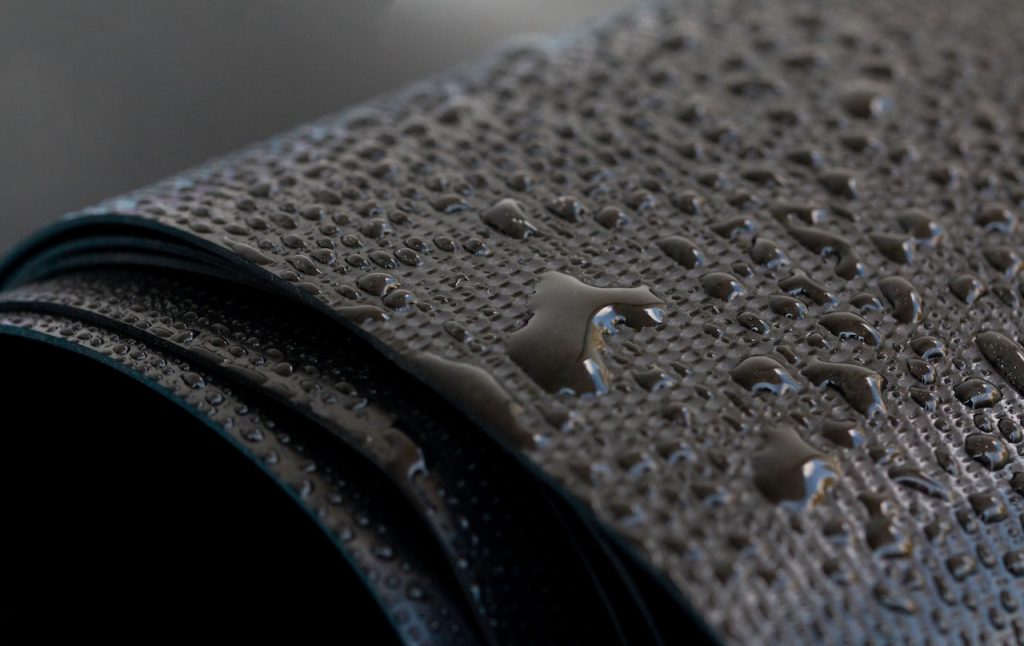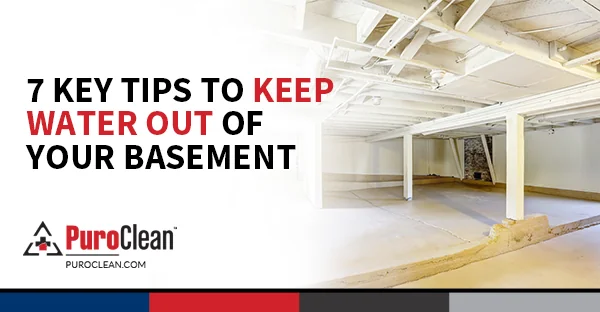Rubber flooring is a durable and versatile choice for many spaces, from gyms to basements and commercial areas. However, water damage can compromise its functionality and appearance if not addressed promptly. Whether you’re dealing with a flood, spills, or moisture buildup, understanding how to manage rubber flooring water damage is key to preserving its longevity.
Immediate Steps for Handling Water Damage

When water infiltrates your rubber flooring, time is of the essence.
Here’s what to do when water damages your rubber floors:
- Assess the Extent of Damage
Begin by inspecting the affected area. Is the water confined to the surface, or has it seeped beneath the rubber? For interlocking tiles or glued-down rubber, check for lifting edges or trapped moisture underneath.
- Remove Standing Water
Use a wet-dry vacuum or absorbent towels to remove standing water quickly. Rubber flooring resists water on the surface, but prolonged exposure can lead to mildew or mold growth underneath.
- Elevate and Ventilate
If the flooring is modular, remove the tiles and allow the subfloor and the rubber tiles to air out. Open windows, turn on fans, or use a dehumidifier to speed up drying.
Drying and Cleaning Methods
Proper cleaning and drying are essential for mitigating long-term issues.
Deep Cleaning the Surface
Clean the rubber flooring with a mild detergent and warm water. Use a soft-bristled brush to scrub away dirt or contaminants left by water exposure. Avoid harsh chemicals that can degrade the rubber’s quality.
Dealing with Mold or Mildew
Mold growth can cause various health issues. If you notice mold or mildew, mix a solution of vinegar and water or use a rubber-safe mildew cleaner. Scrub gently and rinse thoroughly to prevent residue buildup.
Ensure Thorough Drying
After cleaning, wipe the flooring with a dry cloth. Place the tiles in a well-ventilated area to air dry completely. For glued flooring, ensure the subfloor is bone-dry before reinstallation.
Repairing and Maintaining Rubber Floors

Water damage can sometimes leave rubber flooring in need of repairs.
Here’s how you can address specific problems effectively:
Replacing Damaged Sections
For modular rubber tiles, replacing only the affected sections is a practical solution. Ensure the new tiles match in size, thickness, and color for seamless repair.
Resealing or Regluing
If your rubber flooring is glued down and sections have lifted due to water damage, clean the subfloor and reapply the adhesive. Use a high-quality rubber floor adhesive to prevent future detachment.
Restoring Surface Integrity
Rubber floors might lose their shine or texture after water exposure. Use a rubber floor restorer or polish to rejuvenate the surface. This not only enhances appearance but also adds a protective layer against future spills.
Addressing Subfloor Issues
Water can compromise the subfloor beneath rubber flooring. Inspect for signs of rot, warping, or mold. Repairing these issues ensures a stable foundation before re-laying the flooring.
Preventive Measures for Future Water Damage

Prevention is always better than repair.
Implement these strategies to safeguard your rubber flooring from future water damage:
Install a Vapor Barrier
If you’re installing rubber flooring in a basement or moisture-prone area, consider adding a vapor barrier beneath the flooring. This helps prevent moisture from seeping up from the subfloor.
Regular Maintenance Checks
Schedule regular inspections to spot early signs of water damage, such as discoloration, lifting edges, or unusual odors. Prompt attention can save you significant effort later.
Use Protective Sealants
Apply a water-resistant sealant specifically designed for rubber floors. This adds an extra layer of protection and reduces the chances of water penetrating the material.
Control Humidity Levels
Moist environments can cause condensation under rubber flooring. Invest in a dehumidifier to maintain optimal indoor humidity levels.
Drying Tips for Large-Scale Water Damage
In cases of flooding or significant water exposure, follow these steps for efficient drying:
- Professional Water Extraction – Call a restoration service to remove large volumes of water quickly.
- Industrial Fans – Use heavy-duty fans to promote air circulation and speed up the drying process.
- Heat Application – For stubborn moisture, consider using a space heater to dry out affected areas. Ensure you follow safety guidelines to avoid overheating.
- Monitor Progress – Use a moisture meter to confirm all layers, including the subfloor, are completely dry before reinstallation.
Trust the Experts at PuroClean of Redmond/Woodinville for Professional Restoration
While handling water damage to rubber flooring can be a DIY task in some cases, severe water exposure or extensive damage often requires professional intervention. That’s where PuroClean of Redmond/Woodinville comes in. With years of experience in water damage restoration, we are equipped with the tools and expertise to address even the toughest challenges. From extracting standing water to ensuring your floors and subfloors are completely dry, we handle every detail to prevent long-term issues like mold or structural damage.
When water damage strikes, don’t leave it to chance—reach out to PuroClean of Redmond/Woodinville at (425) 488-7688 for fast, reliable, and comprehensive restoration services. Your floors, home, or business deserve the best care!




 PuroClean of Redmond/Woodinville
PuroClean of Redmond/Woodinville